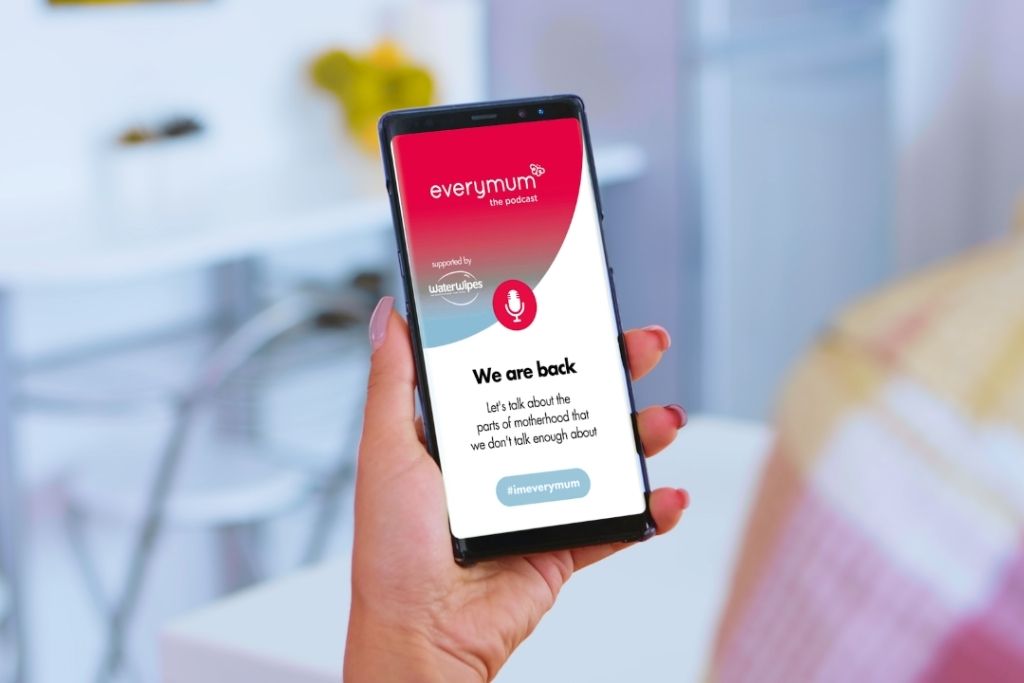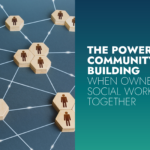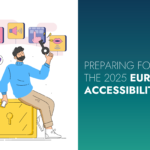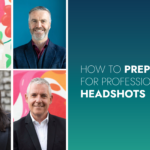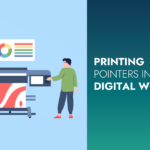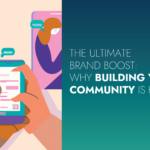Digital transformation is a key part of the post-pandemic recovery for many businesses – but for industries in which digital wasn’t a key function previously, it’s a vast and intimidating area to crack. It’s easy to feel inadequate when it comes to social media and new technologies, and things aren’t helped by the efforts of some ‘experts’ deliberately employing smoke and mirrors to overcomplicate the process.
At Zahra, our goal is the exact opposite; we’re about demystifying digital marketing, and empowering our clients with the knowledge they need to create great digital strategies that facilitate real business goals. With that in mind, here are three key trends in the digital marketing world that are front and centre in today’s marketplace…
#1: First Party Data
When adhered to properly, third party data was extremely beneficial to companies – but things changed. First came ‘Applegeddon’, as users were asked for permission to share data with developers – and promptly took back more control over their information. Google has since announced their aim to phase out third party cookies altogether by the end of 2023.
It’s therefore safe to say that first party data is the marketing industry’s new best friend.
First party data is the information marketers can collect directly from their followers, site visitors, customers and subscribers, and it’s now essential to success in the digital field. Building an email list, optimising landing pages, and personalising your customer offering are three crucial steps to collecting first party data from users.
It’s also recommendable to double down on contextual advertising. This is where a promotional message is matched to relevant digital content within the page the user is browsing. So this could include:
- PPC (display/ search) ads on websites that rank for similar keywords as a certain ad, product, or service
or - Sponsoring native content on trusted websites
A case study which reflects the importance of first party data is Zahra’s own everymum community. It’s a great example of a brand’s ability to recognise the importance of building direct customer relationships early.
The everymum team at Zahra has cultivated and grown a massive community which boasts over 200,000 signed up members. These members are opted in to everymum newsletters, ranging from pregnancy news and information, to food and recipes, to a wealth of parenting content. Having this massive base of dedicated readers allows the everymum team to engage in two-way conversation with their audience – cultivating the type of mutually beneficial relationship that every brand should strive for.
First party data is essential to success in the digital space, so a focus on user acquisition, retention, and relationship building is key.
#2: Creators Economy
Creators and influencers are gaining power in the media ecosystem, with consumers seeking to connect directly with human personalities more than well-oiled corporate identities. Building a team of brand ambassadors enables marketers to have a much broader reach in the niche areas, which remain unique to their mission.
But, for a truly impactful omnichannel marketing strategy, marketers have to fundamentally understand how each platform they’re using works. The first step is to understand the particular platform’s algorithm and always think of the environment you’re creating for, from the very early stages of conceptualising your content. It doesn’t work to use social media as billboard space; each piece of content should be created with the particular quirks of the platform in mind
To bring the algorithm issue into perspective: an organic post to a Facebook page with 100 followers will only reach 5.2 followers. That represents a critical shortfall in terms of audience interaction. Facebook’s algorithm evaluates each post and displays it in a specific order based on ranking factors, which are as follows:
- Facebook takes inventory of all posts available to predict content users want to see
- The system scores each of these posts based on the signals users give to predict how valuable they will find these posts
- Posts that are unlikely to engage are discarded based on past behaviour
- After narrowing down the relevant posts with a final score, the system then ranks the ones that users might engage with
- Facebook presents users with the most relevant content in as many varieties and sources as possible
When trying to hack this algorithm, marketers need to focus on a few key things they can do to up their engagement.
Firstly, meaningful interactions go a long way. These can include quotes, emotional messages, or anything that will connect with the user on a more personal level. Replying to engagement also adds a personal touch to social media channels, which can boost algorithmic rankings.
Secondly, resorting to ‘share-baiting’ or ‘vote-baiting’ can discourage users and raise red flags on the platform. This leads to posts being demoted on the feed, cutting engagement to the bone.
Lastly, it is important to maintain a healthy budget on all social channels. Precise targeting will push content out to the people that want to see it and who will engage with it, creating a healthy ranking on the feed.
Homebird is an excellent example of precise targeting to engage followers in a natural way. They use interactive social assets to engage followers in polls and Q&A boxes to allow their followers to weigh in on their products. People communicate on Instagram via liking, sharing, and commenting on posts, or interacting with stories, delivering that precious first-party data discussed earlier. Homebird use the different platforms in clever, deliberate ways, to have a two-way conversation around the universal topic of food.
#3: Audio & Video
Video is ever present on digital trends lists, and is very much here to stay in 2022. 84% of people say they’ve been convinced to buy a product or service by watching a brand’s video and people are twice as likely to share video content than any other types of content. According to a recent study, it was found that consumers retained 95% of the information they watched in a video, compared to 10% for plain text content.
Short form videos (SFV for, erm, short) are the way forward in terms of digital marketing – namely TikToks, Instagram Reels, and YouTube shorts. These pieces of content are snappy, concise, and grab users’ attention immediately.
Modern life is hectic, and people find most comfort on the channels they know, so content needs to grab and hold attention. SFV allows marketers to engage while simultaneously giving users the chance to consume more content across different platforms from multiple brands and creators.
These videos are shorter than three minutes, but as a rule of thumb, social videos should be as close to one minute as possible. Videos can be incorporated onto landing pages, blog articles, as well as social posts; wherever they land, they’ll consistently increase engagement and promote brand memorability.
In the same vein, there is also a growing consumer demand for audio content. Podcasts are an increasingly popular and effective marketing medium, including audio advertisements.
Podcasts are a great channel for digital marketing because they’re ready right when listeners are, tailored to every possible niche, and cultivate communities of like-minded listeners. According to a study, 71% of Irish adults listen to podcasts or digital audio every week, with an average consumption of nearly 15 hours.
Podcasts are an exceptional way to not only grow and build an audience, but to maintain their interest. Compared to an average of 10 seconds of read time on an online post, podcasts and audio content hold attention for an average of 26 minutes per listen. That’s a game-changing shift – and an invaluable opportunity for marketers.
If you’re ready to take your digital strategy to the next level for 2022, contact megan@zahramediagroup.com

